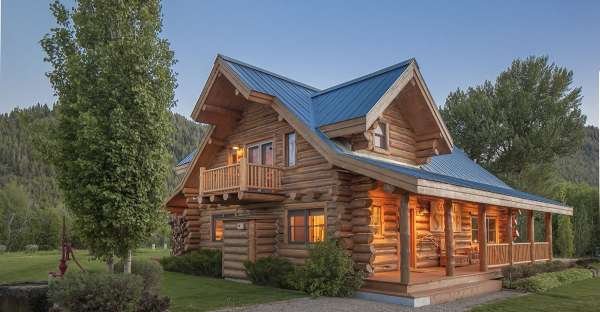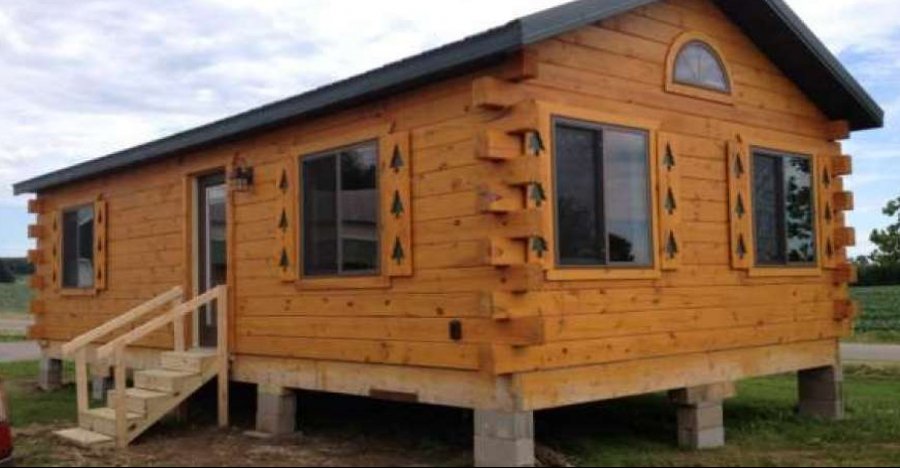
What’s the smartest way to build your dream log home? To research the topic as much as possible before you get started. This means talking to people who have built their own log homes, interviewing log cabin building contractors, studying floor plans, and reading as much log cabin material as you can. When it comes to log home building, we’ve never been as fortunate as we are right now – with so much valuable information at our fingertips. It’s easy to learn from people’s successes and failures and to take the necessary precautions, so we don’t repeat their mistakes. We can pore over countless log home photographs, designs, videos, and blog sites, discovering what will work best for ourselves, our families, and any of our loved ones who might come to visit once our dream home is built. And just to give you a gentle nudge forward, we have a few log cabin building tips to offer you right here and now.
One of the most critical aspects you’ll want to consider when building your log cabin home is the location. We cannot stress this enough. Your log cabin location is not only a key factor in how you will live, but how long your log cabin will actually last. You’ll want to choose a spot where there’s enough light but not too much sun exposure. Too much sun can burn away wood stain and weather-proof finish rapidly, and you’ll find yourself having to re-stain and refinish your exterior on a much more frequent basis – and, of course, that can add up financially. You’ll also want to pick a place where your cabin will be shielded from excess moisture. Sun and rain are the two primary elements that can cause a lot of damage to your log home over the years. Of course, you’ll weather-proof your cabin and choose a design that will best offset gradual weather damage, but you can greatly lengthen your log cabin’s life span by choosing the best location at the outset. You want trees around it for shade and protection, but you’ll also want to let enough light in to keep the wood from premature decay. Striking the optimum balance between these two factors will make all of the difference in the long run.
Another important building tip is to choose a log cabin roof design with a long overhang. This will allow rain and melting snow to run off the roof without damaging your outer walls. It will also shade your walls from the midday sun. You’ll want to have covered porches or decks on your home, for the most part, to keep the floors as rain-free as possible, and – again – to shade them from too much sun. Finally, when protecting your log cabin home from too much moisture, you’ll want to build it with the first course of logs two feet or more above ground level. This keeps your logs well above the moisture level of the soil, protecting them from rain and snow and potential flooding. The drier you can keep your logs over the years, the longer they will last.
These are just a few quick log cabin building hints to set you on your way. Should you decide to hire a log home company to build your cabin for you, then you’ll want to research them thoroughly as well. Remember the least expensive deal is not always the best choice. Be sure to ask around for recommendations – ask your friends and colleagues who they hired to build their log cabin home. Always choose a company with an impeccable reputation and track record – that way, you won’t have any regrets when all is said in done.
Learn MORE at: HALL AND HALL

